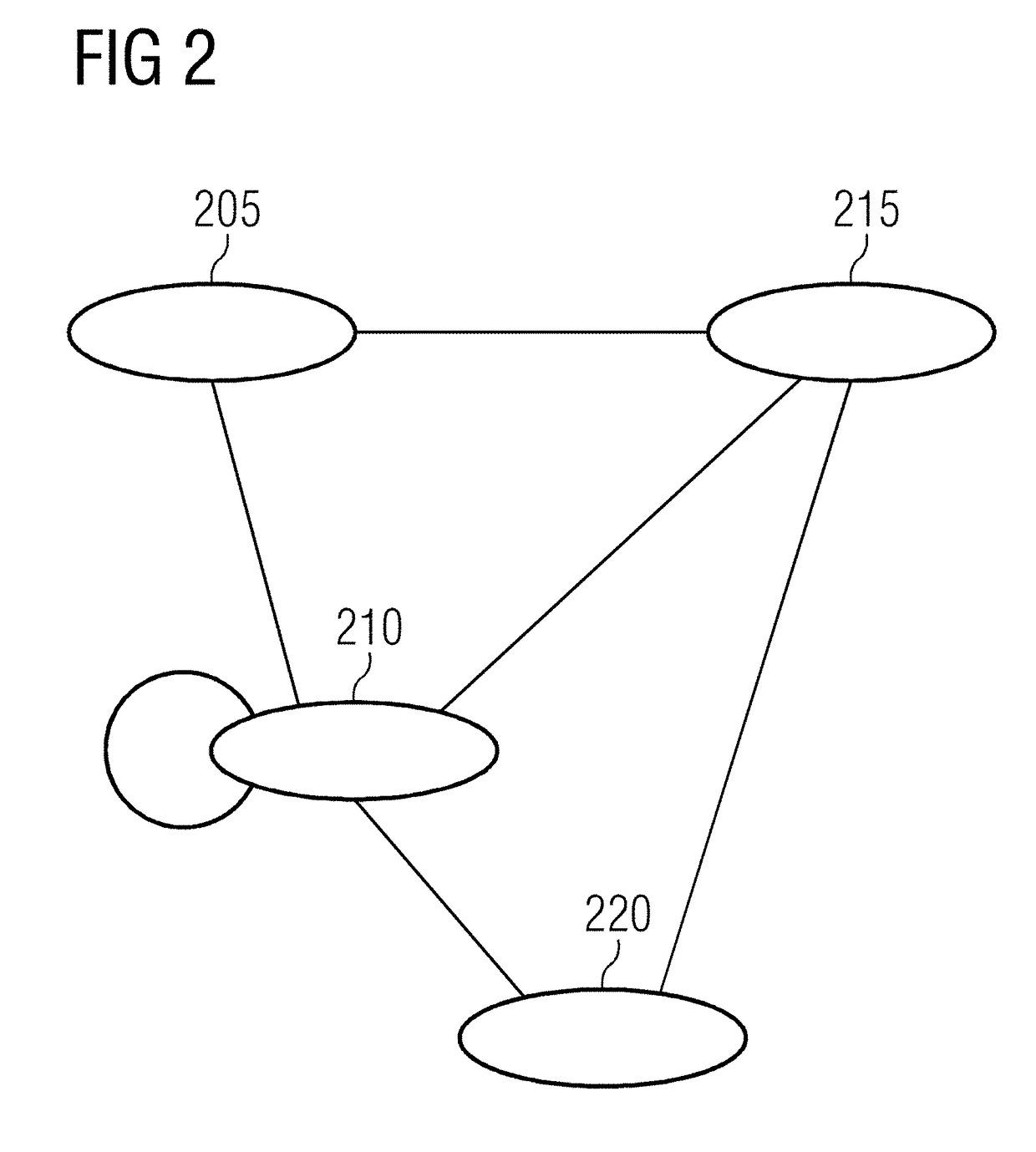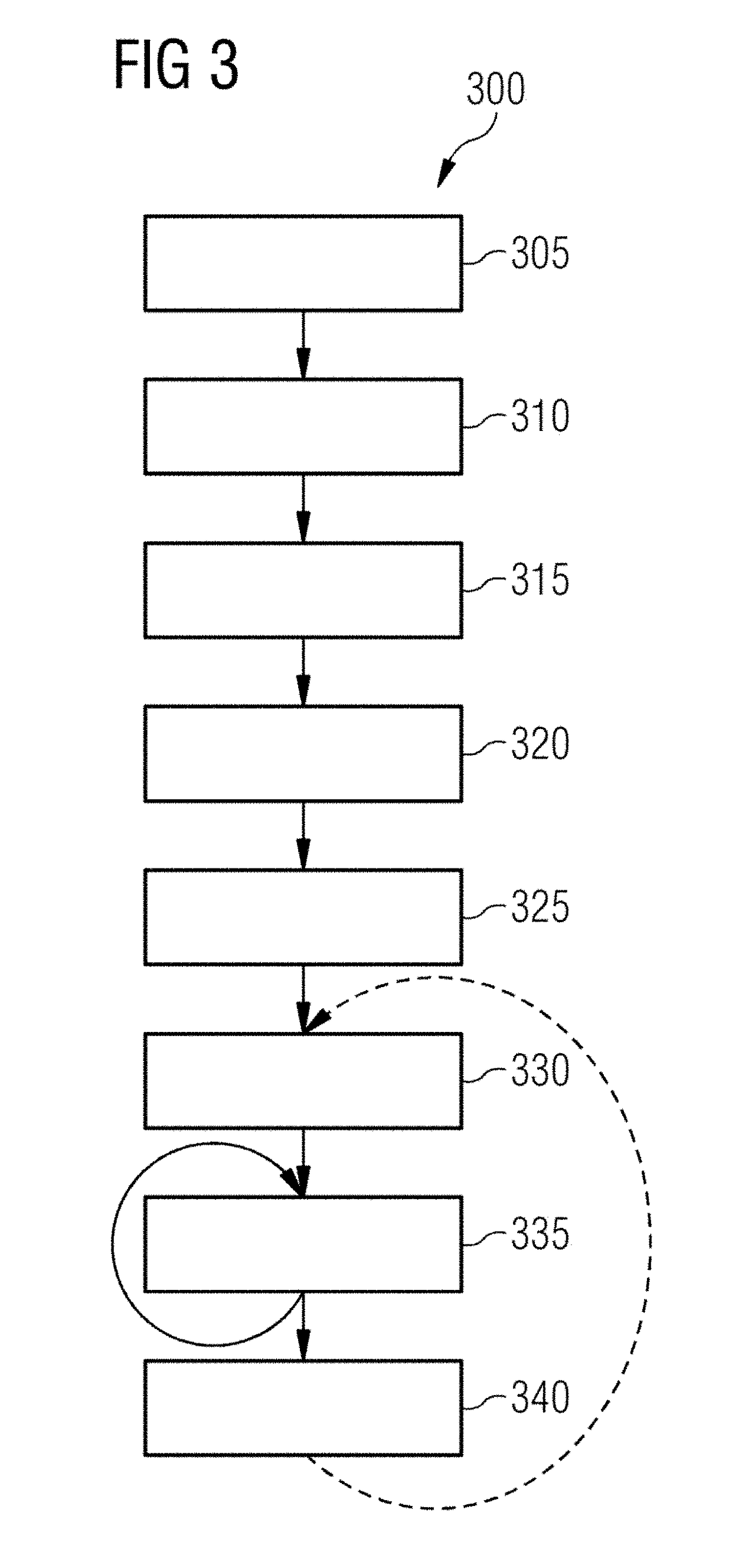Determining a production plan
a production plan and production plan technology, applied in forecasting, instruments, data processing applications, etc., can solve problems such as capacity conflicts, inability to solve by heuristics or in good quality, and difficult to determine a production plan
- Summary
- Abstract
- Description
- Claims
- Application Information
AI Technical Summary
Benefits of technology
Problems solved by technology
Method used
Image
Examples
Embodiment Construction
[0040]FIG. 1 shows an exemplary system 100, which comprises a production system 105 and a device 110 to determine a production plan 115. The production plan 115 should indicate how the components of the production system 105 should be used depending on at least one parameter and / or at least one optimization criterion. The production system 105 is set up to manufacture at least one product 135.
[0041]For the following description, a production system 105 to produce pretzels is used as an example. Only features referring to the example in FIG. 1 have a reference number with a numerical suffix separated by a point (e.g. “123.4”). Features without a suffix can respectively comprise all examples with a suffix.
[0042]In general, within the production system 105, one or a plurality of raw materials 125 are processed (here: water, 125.1, salt 125.2, yeast 125.3 and flour 125.4) into a product 130 (here, initially into a raw pretzel 130.1), for which a production means 135 is used (here a doug...
PUM
 Login to View More
Login to View More Abstract
Description
Claims
Application Information
 Login to View More
Login to View More - R&D
- Intellectual Property
- Life Sciences
- Materials
- Tech Scout
- Unparalleled Data Quality
- Higher Quality Content
- 60% Fewer Hallucinations
Browse by: Latest US Patents, China's latest patents, Technical Efficacy Thesaurus, Application Domain, Technology Topic, Popular Technical Reports.
© 2025 PatSnap. All rights reserved.Legal|Privacy policy|Modern Slavery Act Transparency Statement|Sitemap|About US| Contact US: help@patsnap.com



